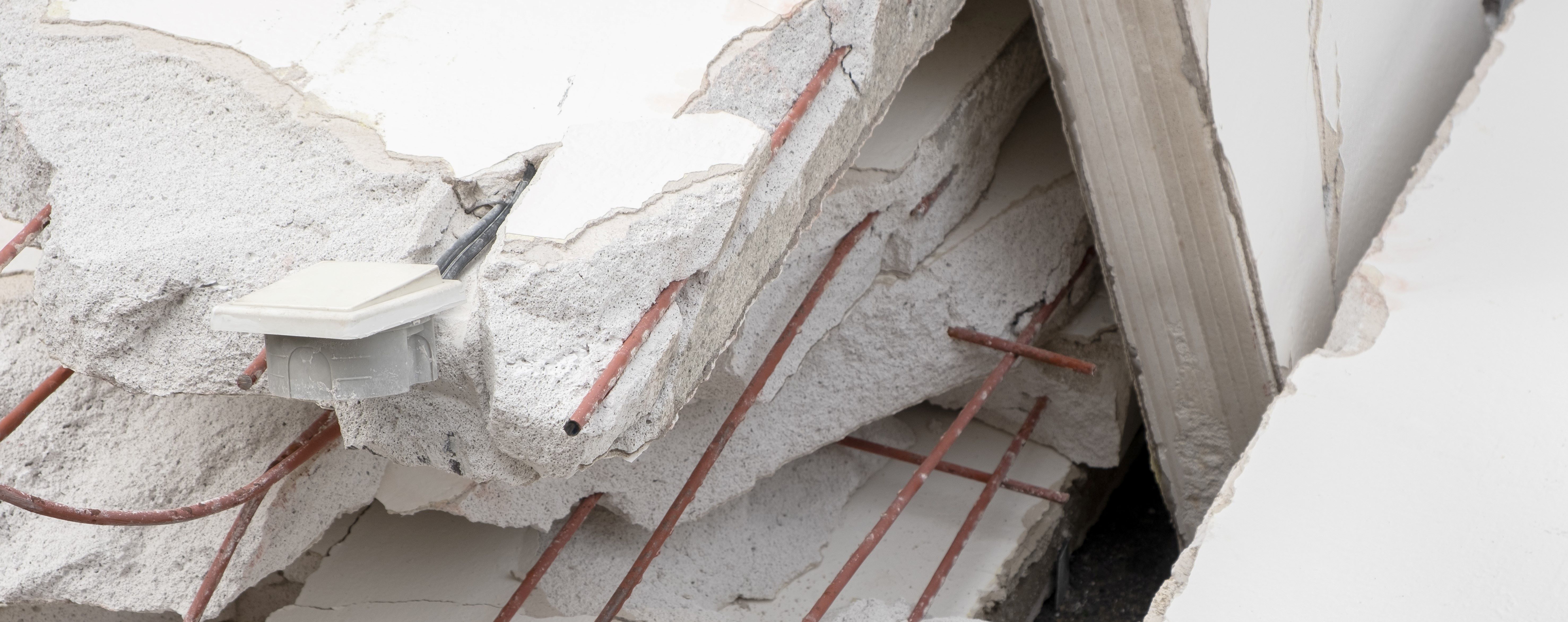RAAC – Professional Indemnity (PI) insurance implications
RAAC – Professional Indemnity (PI) insurance implications
For some, the start of the 2023 school term has brought unexpected additional stresses in the form of school closures relating to the use of reinforced aerated autoclaved concrete (‘RAAC’) in their construction.
This once innovative material has been used in the construction of a wide range of buildings in the UK and elsewhere for over 70 years and was widely manufactured in the UK until 1982. It is now the cause of national concern owing to more recent warnings of the increasing risk of structural failures in the nation’s schools.
Sadly, this is a problem not confined to schools, with NHS England and the Ministry of Defence both concerned about the use of the material in buildings. It appears the material has also been widely used in warehouses and other industrial buildings.
Historical context and recent developments
The first point to note is that it is not an especially ‘new’ problem. The Building Research Establishment (‘BRE’) first raised concerns about RAAC in 1996, acting on concerns expressed in The Structural Engineer. These concerns were again considered by the Standing Committee on Structural Safety (‘SCOSS’) in 1999.
Although both papers concluded that pre-1980 RAAC planks did not “generally present a safety hazard as they will gradually deteriorate over time”, they highlighted a series of problems with excessive deflections and cracking which could be a warning sign of impending failure. The recommendation was that the planks ought to be inspected and assessed.
That situation changed significantly in 2018 with the sudden collapse of part of a flat roof constructed using RAAC planks. SCOSS subsequently concluded that pre-1980 RAAC planks were “past their expected service life” and “consideration [should be] given to their replacement”. The risk now was of sudden failure, which the HSE confirmed in their August bulletin might happen with “little or no notice”.
The press is currently full of speculation and comment as to why these warnings were not heeded and why this situation has come about. As ever, the issues seem to be more complicated than the headlines, with several experts pointing the finger at problems with manufacturing, installation issues and chiefly maintenance concerns being the main culprits, rather than a particular problem with the material itself. The point it also made that some material may simply be beyond its anticipated lifespan.
That debate around the failure to heed previous warnings will no doubt continue, and we will learn more about the issues and the likely actions to remedy the problem. In the meantime, we try here to set out some ‘frequently asked questions’ on insurance considerations that have been raised with Griffiths & Armour over recent weeks:

Frequently Asked Questions
Am I covered for surveying/working with buildings suspected to contain RAAC?
Whilst it is early days, we are not aware of any insurer that includes exclusions or restrictions in their policies for civil liability claims arising from or relating to the use of RAAC. As of August 2023, engineers or surveyors insured via G&A are highly likely to have cover for such claims under their PI policies, subject otherwise to the terms of those policies.
It is worth pointing out should any enforcement action be taken by the Health and Safety Executive against professionals, that whilst any criminal fines are uninsurable as a matter of public policy, we can arrange in certain circumstances for the defence costs to be paid by insurers. It is important to contact us immediately if this situation arises in order that we can help to best protect your position.
If I do choose to undertake this work, what steps can I take to manage my exposure?
- Get the contract right. Ensuring that there is a suitable contract in place with a clear definition of your scope of services and appropriate limitations on your liability is an essential start to any project. In this case, particular consideration should be given to:
- Ensuring that you do not inadvertently assume contractual responsibility for the sins of the past by accepting unqualified terms relating to the condition of the structure. Any survey or report will have its limitations in terms of accessibility, original documentation and many other factors and the contract under which that work is done should reflect those limitations.
- Consider whether an aggregate cap on liability is appropriate and with it an obligation to maintain PI insurance in the aggregate. This should aid with any future changes to the PI landscape in the event that they occur.
- Ensure that the maintenance of PI insurance is subject to it being available at commercially reasonable rates and terms.
- Consider scope documents with particular care – does it state clearly what you are expected to do (and what you are not)? Are you content that the fee agreed is sufficient in order to fully discharge the duties under the scope?If any physical opening up is needed, will this be undertaken by you or a contractor? If you are planning on undertaking this, it may be wise to ensure your Public Liability insurance arrangements are in order, particularly in light of the high likelihood of the presence of asbestos in the settings where RAAC has been used.
- As ever, survey reports ought to carefully set out what limitations were placed on the surveyor in physically assessing the building.
- Watch out for ‘certificates’ requiring you to confirm that the building is free from RAAC or which require any statement with which you are uncomfortable.Certificates can often trump the contractual agreement giving the recipient more rights than the original client and should be treated with particular caution here. Whilst we haven’t seen any ‘standard form’ or bespoke certificates in relation to RAAC, it is possible that this will become a feature of the market. Given the problems associated with earlier forms of certification, this has the potential to become a problematic feature of the marketplace. We have reported on these issues before. Please make use of the G&A contract review service if in doubt.
- Keep abreast of the developing state of the art in this area. There is a significant body of guidance already, and bodies such as the IStructE are coordinating new research into this area which is likely to give rise to novel issues.
- Consider your ‘duty to warn’ if you do discover critical life safety considerations. Although whether and to what extent the duty will arise turns on the circumstances, obvious dangers to life are highly likely to give rise to such a duty arising.
Do please either contact us or make use of the legal helpline should you have any particular concerns.
Do I need to tell my insurers that I’m undertaking this work?
It is unlikely that at present our Scheme Insurers would regard this as a matter which requires immediate notification to them. Consequently, whilst in the course of your usual renewal process information requirements around this issue are likely to arise, there is no need at the moment to get in touch. If that position changes, we will communicate the requirements at that time.
That said, insurers would expect that insureds only undertake work which they are competent to perform. Whilst we are not in a position to say who is or is not competent to undertake the survey and remedial schemes that addressing RAAC will need, the Government view not only professional qualifications and credentials as being ‘essential’ but also experience. The following Government publication makes that position clear: Reinforced Autoclaved Aerated Concrete Identification Guidance.
Government expects that professionals undertaking a survey of a suspect building are able to show, amongst other things, experience of working with RAAC.
Is there any insurer guidance on undertaking RAAC surveys?
PI insurers will rarely issue detailed technical guidance on matters which are technical issues of professional judgement. There is considerable advice and guidance in the public domain from professional bodies and insurers would expect professionals to be aware of that advice and to follow best practice.
Are the PI insurers worried about the exposures?
At present, we’re not aware of any insurer adopting a position which suggests they have significant concerns although we are aware of conversations beginning to take place.
Although there is potential for there to be some legacy risk here, particularly if the extended limitation periods under the Defective Premises Act (‘DPA’) could be used, that is likely to be the exception rather than the rule. The DPA applies to dwellings and, to date, there appears to be no significant use of RAAC in a residential or mixed-use environment where the DPA might apply. This would suggest that the new potential causes of action under the Building Safety Act, in relation to the new avenues against product manufacturers (s.149) and remediation orders, are also likely to be less relevant.
Even with the extended secondary limitation period for latent defects under Section 14A of the Limitation Act ought not to give rise to significant exposures. This provides claimants with a separate limitation period of 3-years starting from when they had the relevant knowledge and the right to bring the claim. Defendants will be able to point to the long history of problem reports into RAAC as evidencing that the 3-year period started to run many years ago. The 15-year ‘long stop’ on liability under Section 14B of the Limitation Act should also provide some protection against these historic claims.
One potential, albeit we hope slim possibility, is that Government will legislate to extend limitation periods to bring these time-barred claims back into play. The unexpected extension of the limitation period for DPA claims, from the original 6-years, to 15-years in the draft Bill, to 30-years when the BSA was enacted still loom large in insurer’s minds.
Should claims start to arise, the chief worry will be the challenges of the likely loss of documentation and absence of witness evidence, given the length of time that has passed since the services were likely completed.
Going forward, there is obviously the potential for claims to arise consequent upon the surveys undertaken and we recommend mitigating steps above. In particular, we are concerned about the potential for problematic certification to be used and any such documents should be treated with utmost care.
What steps could the market take if this were to become a major cause of claim?
There is obviously precedent in how the insurance market could respond to areas where there are systemic problems. Asbestos, pollution and more recently ‘Fire Safety Notification’ are all examples of the insurers addressing systemic – if not existential – risks to the insurers’ businesses.
The market could move towards aggregating claims relating to RAAC, so that a single aggregate limit would apply to all such claims, or they could exclude claims relating to RAAC altogether for those with significant exposures.
We see no sign of either approach being suggested in the market and for the moment at least it’s hard to see why it would be necessary for any PI insurer to adopt a restrictive approach to covering such claims. We will continue to monitor the situation carefully and report accordingly.
Conclusion and key takeaway
Watch out for the contract terms that you agree when undertaking any survey related work in this sphere and, in particular, for any certification you are required to supply.
The ‘legacy’ issues here are not likely to be the main claims driver. That will be whether – and how – professionals and contractors undertake the work to survey and remediate buildings.
If that is done properly, with reasonable contracts and on a fair risk v. reward basis, then industry will be able to safely help solve a problem not of their own making. If onerous contracts and unqualified certificates amounting to guarantees become the norm, then we risk a potential repeat of some of the problems of the ongoing fire safety crisis which will help no-one.
We hope this brief overview of a fast-developing area is helpful and please do contact your usual G&A contact should you wish to discuss any aspect of this guidance further.







